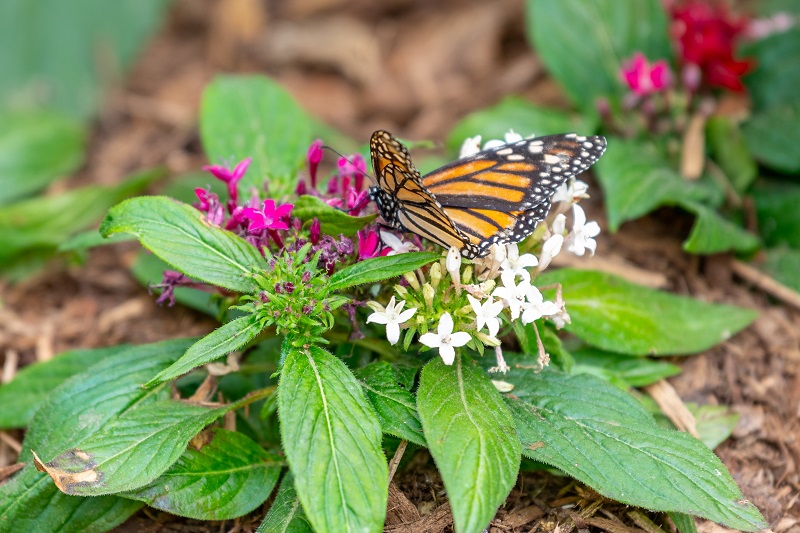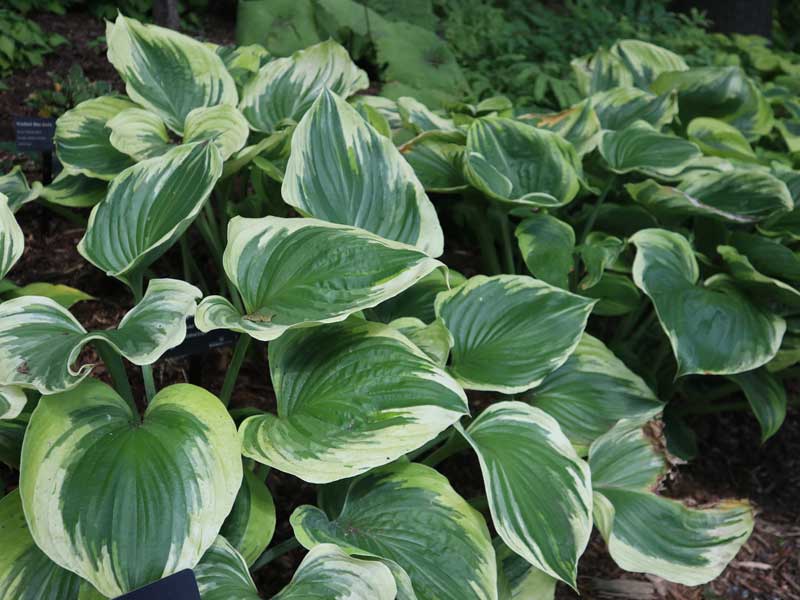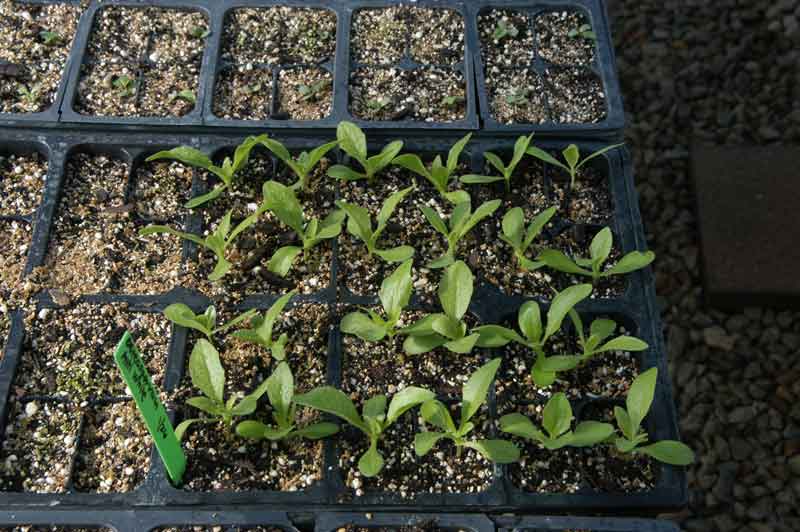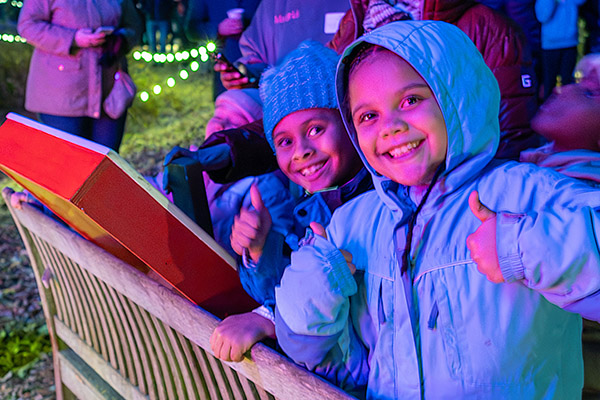Maintaining a perfect garden takes time, effort, and some proper planning. Planning a garden before planting will help you ensure the health and longevity of your plants. Depending on the type of garden you’re planting, you could face different challenges and have different goals than other gardeners.


For example, if you’re planting a vegetable garden, you will want to plant seeds with different spacing and areas than you would with flowers. This will help optimize your harvest and secure your food supply for next winter. Otherwise, if you’re gardening in a cold climate, you’ll face some unique challenges.
Before you start, be sure to decide what type of garden you want. Once you’ve decided this, it’s time to start planning! Here are some key tips on how to plan a garden, and what to watch out for.
Determine Your Goals
The first step in planning your garden is knowing what you want to get out of it. What type of garden best suits your needs?
Are you trying to grow a bountiful harvest of veggies for the farmers market or are you looking to just have a few extra items to cook with? Are you looking to build a beautiful display of flowers? Are you hoping to support bees, beetles, butterflies, etc. with a pollinator garden? Do you want to have a sustainable garden with an especially low impact on the local ecosystem?


Once you know the type of garden, it’s a good idea to write down the materials you need and what your strategies are for making it a reality. Another thing to consider with the planning of your garden is knowing how much you want to grow and what it will take to reach that quantity.
Plan Out an Available Growing Space
Once you take your goals into consideration, think about what you’re working with in terms of spacing. How much space do you have for your potential garden? How much sun does this space get during the day? What kind of texture does the soil have?
All of these factors heavily affect the success of your plantings. If you get an area with a lot of shade, something like corn or strawberries aren’t going to do nearly as well. Look for plant seeds that will suit your site and your desires.


Hostas are a popular shade-loving plant.
Sun, part-sun, part-shade, shade. How do you know what you have? Plants that are labeled as needing “full sun” will require six or more hours of sunlight each day. Those with part sun or part shade instructions mean about 3-6 hours of sunlight every day and full shade plants need three hours or less of sunlight each day.
Soil texture, nutrient content, and pH can be important for the success of your plants too. If you want to ensure a good growing season, you can get soil testing done. Do you absolutely need to? Probably not. If you’re regularly fertilizing and have a good idea of the texture of your plot, a soil test may not be necessary.
You should also take into consideration what type of growing area or plant bed you’re working with. Its size as this will determine what you might grow. Raised beds look neater and you can control the soil content better, and tabletop beds run the risk of less rabbits, but if all you have is a small plot of ground, it’ll get the job done.
Determine Your Budget
When thinking about what materials you’ll need to create a sustainable garden, you need to ensure that you can afford the necessary items. Seeds are typically fairly cheap, but organic seeds or a lot of seed packets can add up quickly.


If you’re planning on going the extra mile in terms of protection from unwanted critters and want to build a fence, you need to keep that in mind as well.
Fertilizer is another useful item that should be taken into your budgeting considerations. Once you have a budgeting plan, you can feel secure in your ability to buy the items you need to have a successful growing season.
Now that you have some of the initial items ticked off your garden planning checklist, the next step is actually creating your garden design, which we’ll cover in next week’s blog!
Want more tips on garden planning? We recommend checking out the “Garden How-To” section on melindamyers.com. She provides a ton of great resources for new and experienced plant enthusiasts.
Want to learn more about pollinator gardens or native plants? Check out our Gardening Tips web page.











